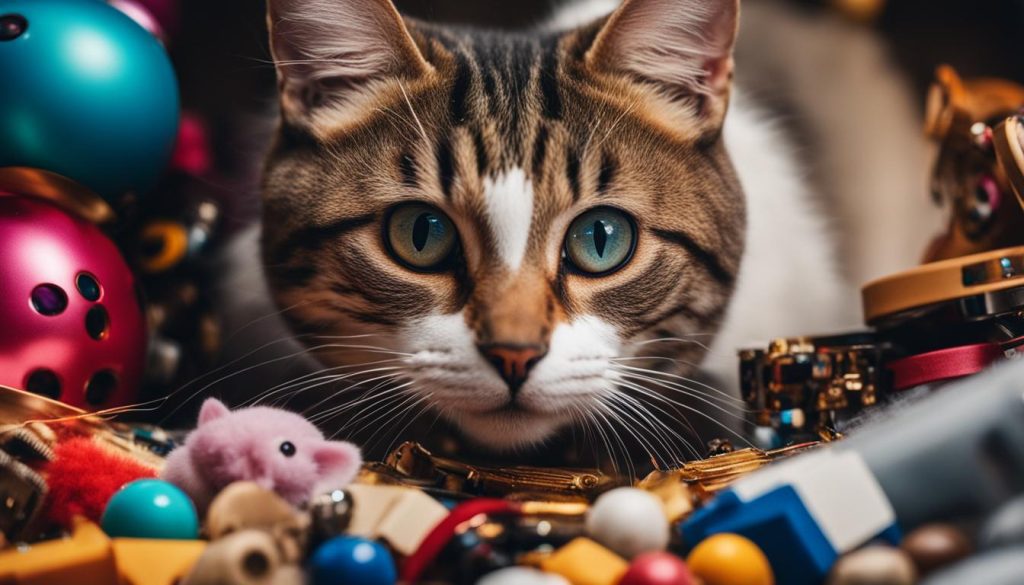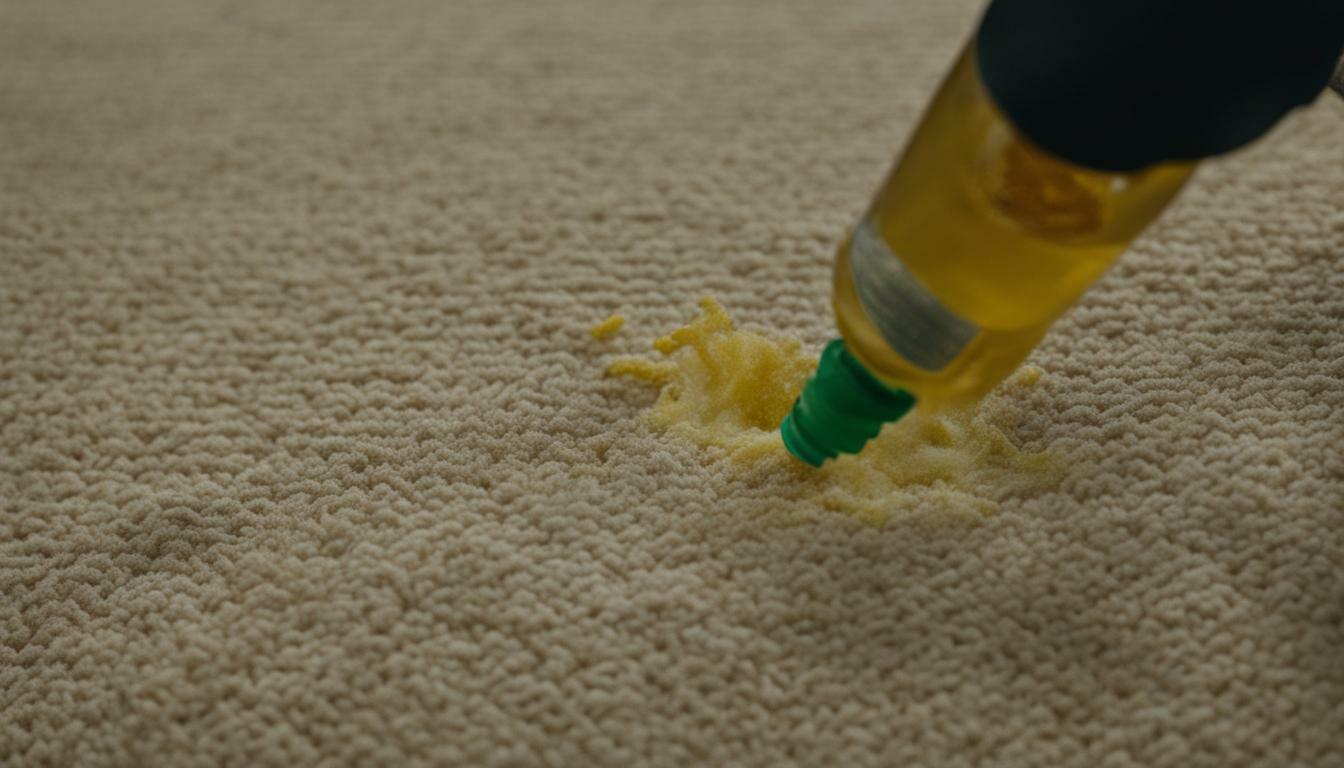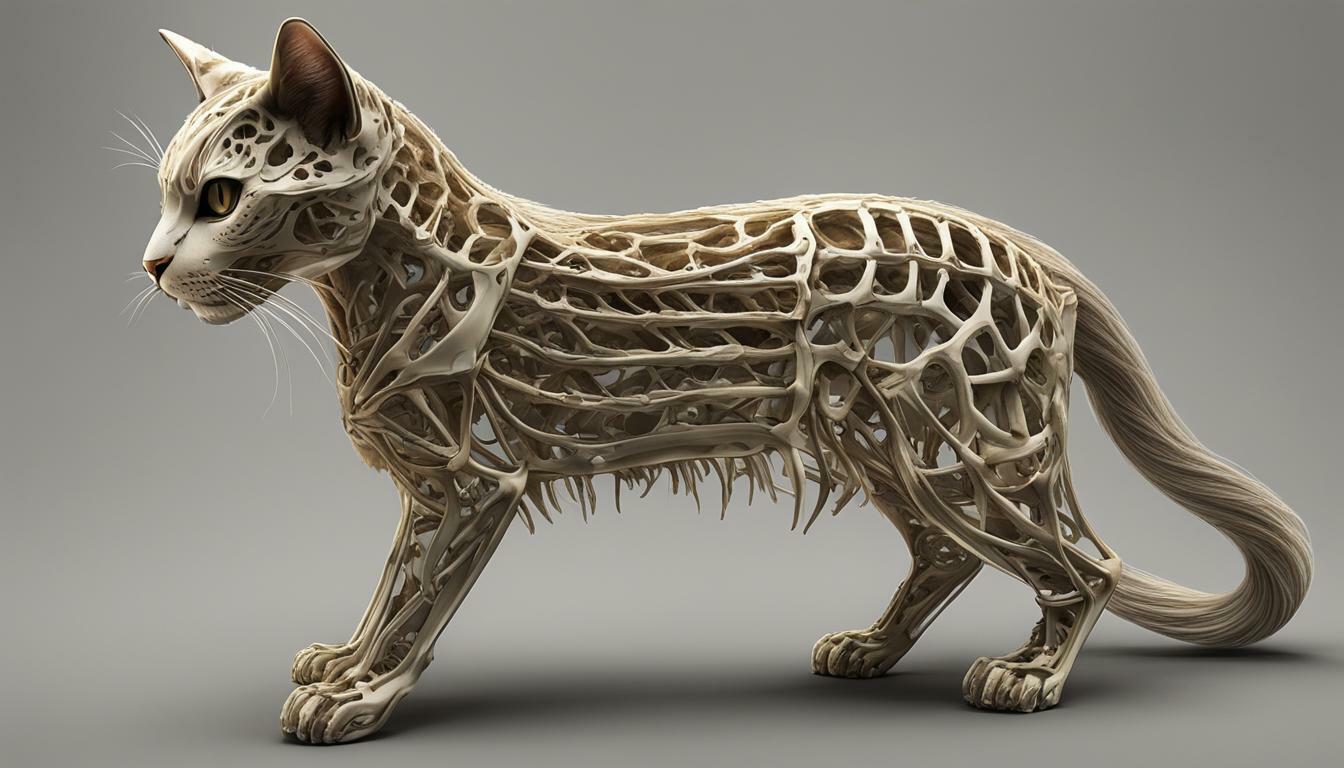As a cat owner, I’ve always been fascinated by feline behavior and the unique quirks that make each cat special. One question that often comes to mind is whether cats can have autism. After all, we know that humans can have autism, so it’s natural to wonder if our feline friends can experience similar developmental disorders. In this article, I will delve into the topic of feline autism, exploring the signs, care, and similarities between autism in humans and autism-like behavior in cats.
Can Cats Have Autism? No, they can’t. But they can show characteristics alike to it.
- There is no scientific evidence to suggest that cats can have autism.
- Cats can exhibit behaviors similar to those seen in humans with autism, such as repetitive behaviors, excessive vocalization, and sensitivity to stimuli.
- Taking a cat exhibiting autism-like behavior to a vet is essential for proper evaluation and treatment options.
- Caring for a cat with autism-like behavior involves creating a calming environment, following routines, and providing mental stimulation.
- The similarities between autism in humans and autism-like behavior in cats are still being explored, with genetics and environmental factors being potential contributors.
Signs of Autism-Like Behavior in Cats
Cats that exhibit autism-like behavior may engage in repetitive behaviors such as pacing or spinning. These repetitive behaviors serve as a significant indicator of possible autism-like behavior in cats. Although it is important to note that repetitive behaviors alone may not necessarily signify autism, they can be one of the signs to look out for. The repetitive actions may include pacing in a specific pattern or spinning in circles repetitively.
Excessive vocalization is another behavior commonly observed in cats displaying autism-like behavior. Cats with autism-like tendencies may vocalize excessively, often in a repetitive manner. This excessive vocalization may include frequent meowing or yowling. It is crucial to consider the intensity and persistence of the vocalization to determine if it aligns with autism-like behavior.
Difficulty adapting to changes in their environment is also a common sign of autism-like behavior in cats. Cats with this behavior may struggle with changes such as new furniture arrangements, unfamiliar faces, or relocated litter boxes. These cats may exhibit signs of anxiety when faced with change, displaying avoidance or escape behaviors, and difficulty engaging in normal activities.
Another sign of autism-like behavior in cats is anxiety. Cats with autism-like behavior may display heightened anxiety levels, characterized by excessive hiding, avoiding human contact, or seeking solace in confined spaces. It is important to observe their body language, such as a tucked tail and flattened ears, which can indicate anxiety or discomfort.
Sensitivity to external stimuli is also a significant sign of autism-like behavior in cats. Cats displaying autism-like behaviors may become easily overwhelmed and agitated by common stimuli, such as loud noises, sudden movements, or changes in lighting conditions. This heightened sensitivity can lead to increased anxiety and avoidance behaviors in these cats.

These signs should be monitored closely and assessed by a veterinarian experienced in feline behavior for a proper diagnosis and treatment plan. A comprehensive evaluation will ensure that the observed behaviors are indeed indicative of autism-like behavior in cats, and not caused by any underlying medical conditions or external factors.
Caring for Cats with Autism-Like Behavior
When it comes to caring for a cat with autism-like behavior, creating a calming and predictable environment is key. I understand that these cats require a routine that helps them feel safe and secure.
To ensure their well-being, it’s important to establish regular routines. This includes feeding them at the same time each day, providing a consistent sleeping area, and setting up familiar spaces for play and relaxation. These routines help cats with autism-like behavior feel more comfortable and confident in their surroundings.
In addition to routines, mental stimulation plays a crucial role in keeping these cats engaged and content. Consider providing a variety of enrichment toys that encourage play and exploration. Interactive toys, puzzle feeders, and scratching posts can provide mental and physical stimulation.

Creating a calming environment is essential for cats with autism-like behavior. One way to achieve this is by providing hiding places where they can retreat when feeling overwhelmed. This could be a cozy cat bed in a secluded area or a covered space where they can find solitude.
Reducing external stimuli is important as well. Cats with autism-like behavior may have heightened sensitivity to noise, light, or sudden movements. Creating a peaceful atmosphere by minimizing loud noises and distractions can significantly reduce their anxiety levels.
Remember, regular visits to the veterinarian are crucial for monitoring your cat’s condition and ensuring they receive any necessary medications or treatments. Your veterinarian can provide guidance on any additional care you should consider based on your cat’s individual needs.
Exploring the Similarities Between Autism in Humans and Autism-Like Behavior in Cats
While cats cannot have autism, they can exhibit behaviors that are similar to those seen in humans with autism. These behaviors include a lack of social interaction, repetitive behaviors, and difficulty with communication.
Just like humans, cats are social creatures that rely on social interaction for their well-being. While some cats may be outgoing and enjoy socializing with humans and other animals, others may prefer solitude and exhibit limited social interactions. These cats may avoid human contact, isolate themselves, or display minimal interest in socializing.
Repetitive behaviors, another common trait seen in humans with autism, can also manifest in cats. Cats may engage in repetitive actions such as tail chasing, excessive grooming, or compulsive licking. These behaviors may serve as a self-soothing mechanism or a way to cope with stress or anxiety.
Communication difficulties are also observed in both humans with autism and cats with autism-like behavior. Cats may struggle to understand and respond to verbal cues, making it challenging for them to communicate their needs effectively. This can lead to frustration and further withdrawal from social interactions.
The underlying causes of autism-like behavior in cats are still unclear, but genetic and environmental factors are believed to play a role. Studies have shown that certain genetic mutations and variations may contribute to behavioral abnormalities in cats. Additionally, environmental factors such as early-life experiences, stress, and disruptions in routine can also influence a cat’s behavior and potentially contribute to autism-like symptoms.
It is important to recognize that cats, like humans, can have a range of mental health issues that may affect their behavior. Understanding the similarities between autism in humans and autism-like behavior in cats can help cat owners and veterinarians provide appropriate care, create a supportive environment, and address their specific needs.
Diagnosing and Treating Autism-Like Behavior in Cats
While cats cannot have autism, they can exhibit behaviors that are similar to those seen in humans with autism. Recognizing and properly diagnosing these behaviors are crucial to finding appropriate treatment options for cats with autism-like behavior. Veterinarians observe the symptoms and behaviors of the cat to make an accurate assessment.
Diagnosing autism-like behavior in cats involves a thorough evaluation of their repetitive behaviors, excessive vocalization, difficulty adapting to change, signs of anxiety, and sensitivity to external stimuli. By understanding the specific behaviors displayed, veterinarians can provide a tailored treatment plan that addresses the cat’s unique needs.
Behavior modification techniques play a significant role in managing and improving the quality of life for cats with autism-like behavior. One effective technique is creating an enriched environment for them. This includes providing plenty of interactive toys, scratching posts, and perches to keep the cat mentally stimulated and engaged. Additionally, establishing a consistent routine helps create a sense of security and predictability.
Environmental enrichment aims to reduce stress and anxiety in cats with autism-like behavior. This can be achieved by offering hiding spots, such as cat condos or elevated shelves, where the cat can retreat and feel safe. Minimizing exposure to loud noises or sudden changes in the environment also helps create a calm atmosphere for them.
In some cases, medication may be necessary to manage severe symptoms of autism-like behavior in cats. Prescription medications, such as anti-anxiety or antidepressant medications, can help alleviate anxiety and reduce repetitive behaviors. However, medication should always be used under the guidance and supervision of a veterinarian.
To ensure the well-being and progress of the cat, regular veterinary visits are essential. The veterinarian will monitor the cat’s condition, make any necessary adjustments to the treatment plan, and provide ongoing support for both the cat and the owner.
By taking a comprehensive approach to diagnosing and treating autism-like behavior in cats, we can provide them with the care and support they need to thrive. With behavior modification techniques, environmental enrichment, and, if necessary, medication, cats with autism-like behavior can lead fulfilling lives.
Conclusion
While it is not possible for cats to have autism, they can display behaviors that resemble those found in humans with autism. Understanding these behaviors is crucial in providing the necessary care and treatment for cats with autism-like behavior.
As a cat owner, it is important to work closely with a veterinarian to assess and diagnose these behaviors accurately. By implementing behavior modification techniques and creating a calming and enriching environment, we can help our feline companions lead happy and fulfilled lives.
Remember, cats with autism-like behavior may engage in repetitive behaviors, have difficulty adapting to changes, and show signs of anxiety. They may also exhibit excessive vocalization and sensitivity to external stimuli. Paying attention to these signs and seeking appropriate treatment options will greatly benefit their well-being.
By providing routine visits to the vet and following tailored treatment plans, we can ensure that cats with autism-like behavior receive the care they need. While they may not have autism, it is our responsibility to support them in living their best lives, just like any other feline.
FAQ
Can cats have autism?
There is no scientific evidence to suggest that cats can have autism. However, they can exhibit behaviors that are similar to those seen in humans with autism.
What are the signs of autism-like behavior in cats?
Signs of autism-like behavior in cats can include repetitive behaviors like pacing or spinning, excessive vocalization, difficulty adapting to change, signs of anxiety such as hiding and avoiding human contact, and sensitivity to external stimuli.
How do I care for a cat with autism-like behavior?
Caring for a cat with autism-like behavior involves creating a calming and predictable environment, providing regular routines, enrichment toys, scratching posts, and perches, and ensuring they have a safe place to hide from loud noises or other stimuli.
What are the similarities between autism in humans and autism-like behavior in cats?
Both humans and cats with autism or autism-like behavior may exhibit a lack of social interaction, repetitive behaviors, and difficulty with communication. The underlying causes of these behaviors in cats are still unclear, but genetics and environmental factors may play a role.
How is autism-like behavior in cats diagnosed and treated?
While there is no specific diagnosis for autism in cats, veterinarians can assess and diagnose autism-like behavior based on observed symptoms and behaviors. Treatment options may include behavior modification techniques, environmental enrichment, pheromone therapy, and medication depending on the severity of the condition.
What should I know about understanding feline behavior and autism-like behavior in cats?
While cats cannot have autism, it is important for cat owners to understand and recognize behaviors similar to those seen in autism in order to provide the necessary care and treatment for their cats.






